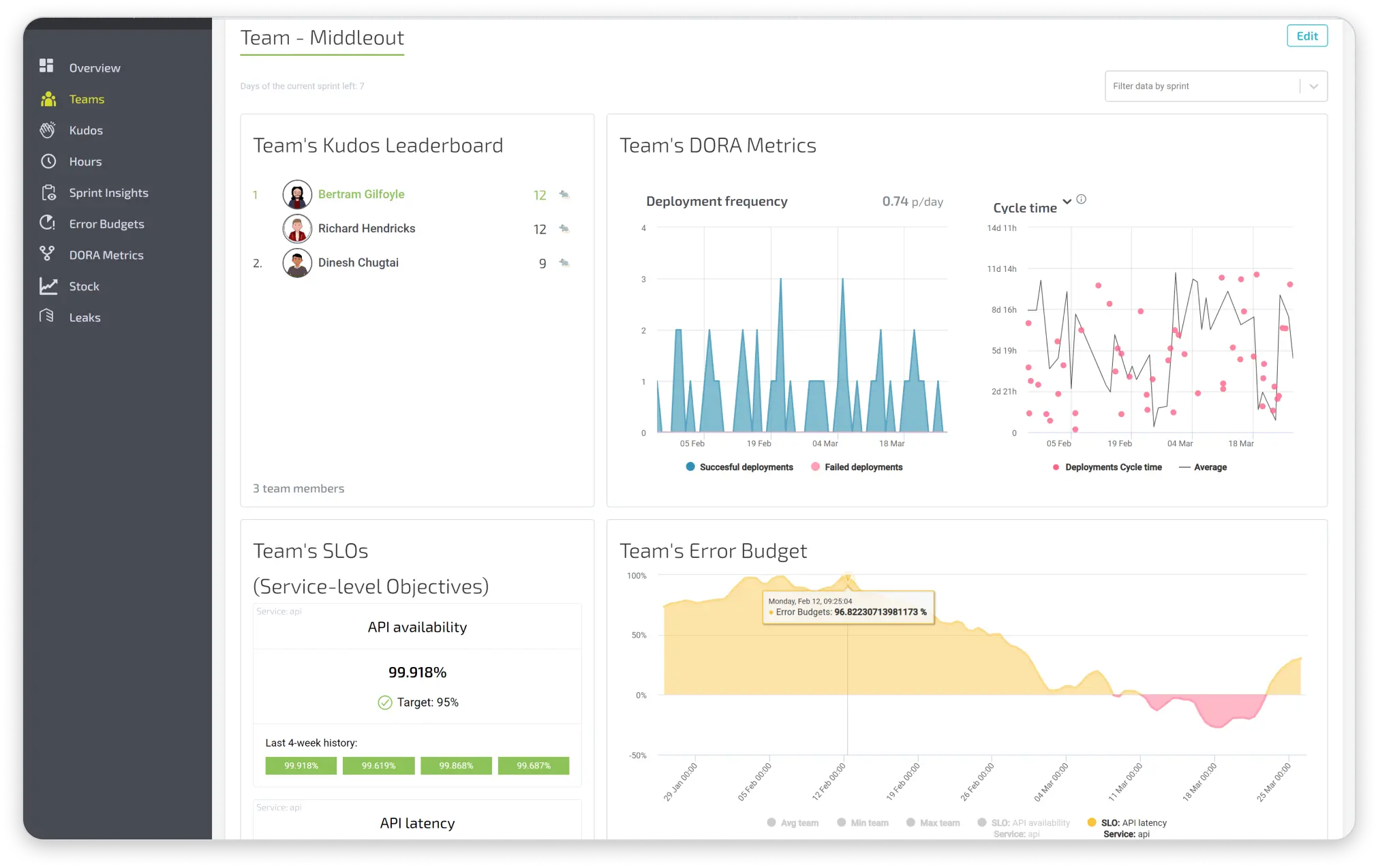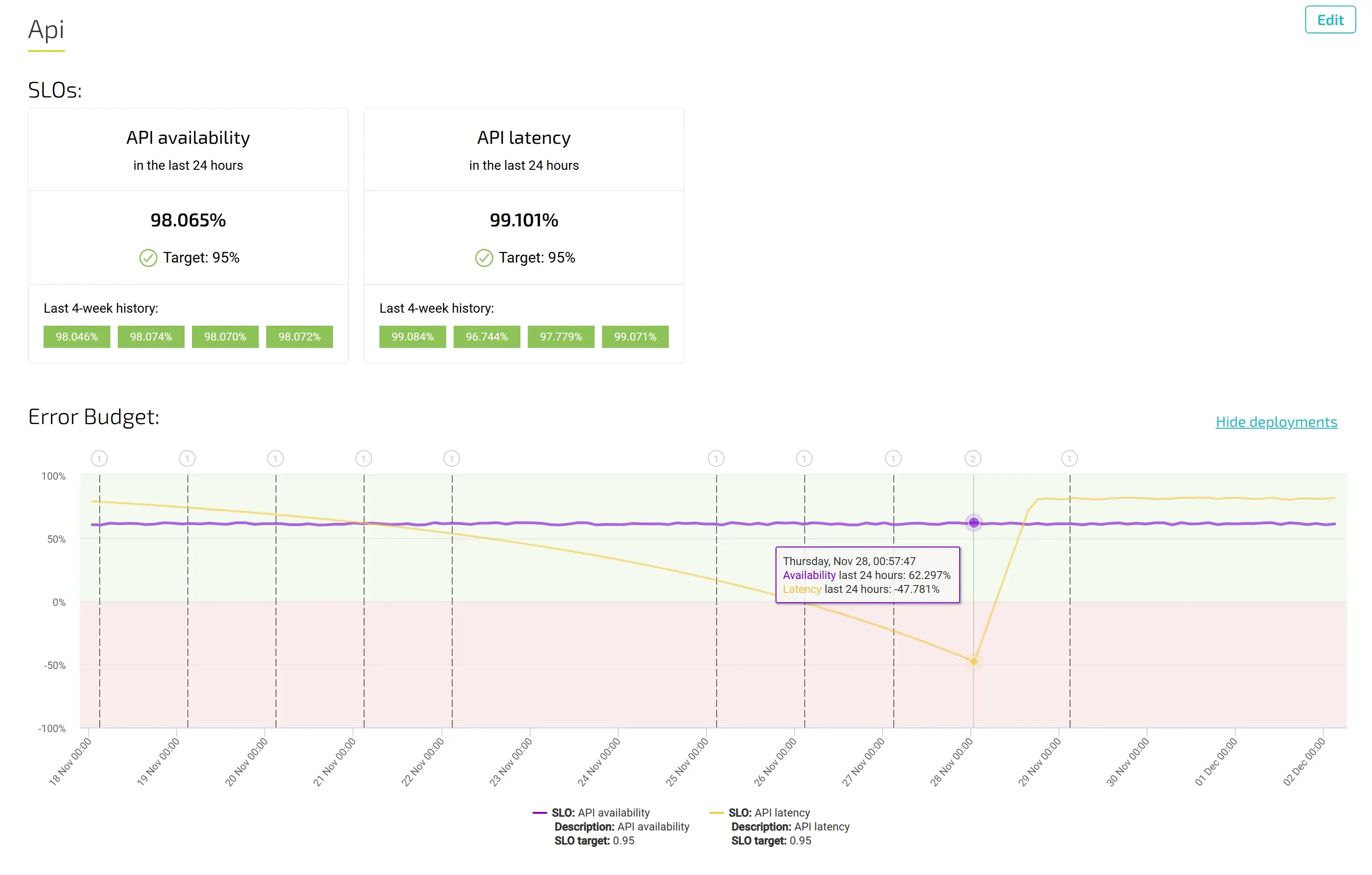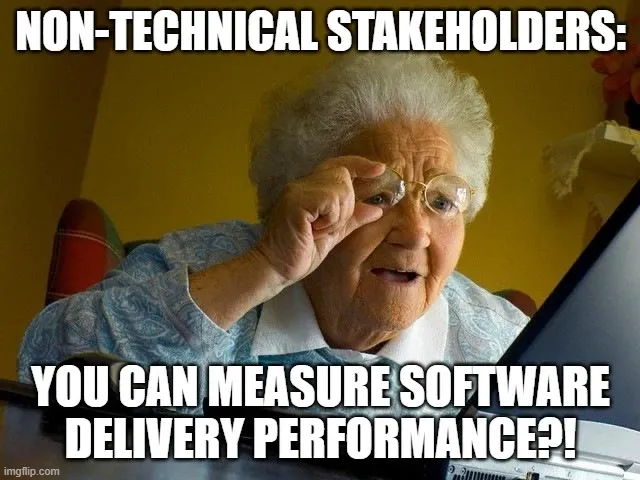What are DORA Metrics, and why should I care

Published on 20 June 2022 by Arjan Franzen

How do you know what performance of your software development organisation is? How do you prevent your engineers from getting frustrated, leaving, overworked or burnt out while at the same time get fair metrics on the performance of the team(s)?
Prevent your talented engineers leaving
At ZEN Software we found it peculiar that the craft of software development which generates so much data while building and is so well observable is also not too well monitored in most organisations. We saw that the classic project management style of running the operation was dominant. Perhaps you recognise the following exchange:
- Manager to Engineer: “How much time do you need for this task?”
- Engineer: “9 hours”
- Manager: “Ok, but I’ll check to see if you spend more than that! Because more time I think is not acceptable spent on this task”
- Engineer: (silent) “Why would you check that? This task is important right?”
Managing or Scaling your software organisation without data leads to problems
The fictitious exchange above highlights the classic way of managing software projects: planning and hour based. This can work but has negative side effects. It does not focus on the business value of the task, nor is the ‘planning efficiency’ in any way related to the outcome of the software project.
Some Software Development Analytics companies boast about efficiency reports – but then proceed to produce micro-management reports. When doing a disciplined estimation, planning and an efficient execution operation, the tech always suffers a lot in the long run. A combination of out-of-control Technical Debt, high attrition, high stress on development teams ultimately leads to low motivation and burnouts.
The DORA metrics
Is there a way to avoid ‘the bad stuff’ when managing software teams? Yes, there is! Using six years of research, the DevOps Research and Assessment (DORA) team has identified four metrics that are predictive of software delivery operational performance:
- Deployment Frequency (DF): Refers to the frequency of successful software deployments to production. By measuring deployment frequency, the organisation measures the cadence of the deployment work
- Lead Time for changes (LT): Captures the time between a code change commit and its deployable state. This metric is critical for determining the flow of work
- Mean time to Recovery (MTTR): Measures the time between an interruption due to deployment or system failure and full recovery
- Change Failure Rate (CFR): Indicates how often a team’s changes or hot fixes lead to failures. This metric indicates the defects that occur when developing software
These metrics have been found to correlate strongly with:
- Lower attrition;
- Increased employee motivation;
- Higher employee engagement.
DORA metrics measure the performance of software teams and show whether they are “low performers” to “elite performers”. There is a one minute quick check you can do at Google that will show you how your organisation is doing in general and how it compares to the performance of companies in the same field as you are in.
Data driven insights will increase productivity of your software operation
ZEN Software’s Agile Analytics allows you to keep a close eye on all the DORA metrics and correlate them with other critical insights in your software operation: Error Budgets, Teams, and Kudos. This creates a clear dashboard overview of the organisational performance and allows for data driven management. But more importantly: leads to higher productivity, faster time-to-market, less burnout, more engagement, and happier engineers!
Implement DORA metrics in no-time flat
DORA metrics are the best objective performance measure for your teams. Find out how to set them up in no time flat here.






